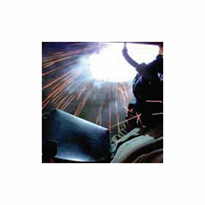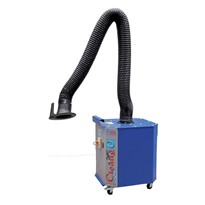Medical experts found that “former welders were 44 percent more likely to contract lung cancer compared to people who have never worked in the field.
Welders, boilermakers, fabricators and anybody else who comes into contact with welding fumes need to protect themselves as well as their workshop. Current best practice for protection against welding fumes are personal protection equipment (PPE) pieces such as personal air purifying respirators (PAPRs) and fume extraction systems. If a respirator is worn everyday, a welder would inhale the same amount of fumes in 50 years as a welder without a respirator would in 1 year, drastically lowering the risk of cancer.
Welding Fumes Are Dangerous
Every job has hazards, some greater than others, some seen and some unseen. For anybody who works with welding (welders, boilermakers, fabricators, etc) occupational hazards can come in many forms, but one that is often overlooked is inhalation of welding fumes.
Since 1989 welding fumes were classified as “possibly carcinogenic to humans” and were largely forgotten about in the industry. In 2017, a group of scientists updated the classification to “carcinogenic to humans” and concluded that there is “sufficient evidence in humans” that welding fumes cause lung cancer and limited evidence for kidney cancer. Put simply, welding fumes are a carcinogen which can cause cancer when exposed to over long periods and the welders of today need to protect themselves before it’s too late.
Deadly Facts
- Around 5,000 cases nationally every year are linked to workplace carcinogens, with and estimated 3.6 million Australians exposed to cancer-causing agents at work.
- Medical experts found that “former welders were 44 percent more likely to contract lung cancer compared to people who have never worked in the field.
What is the law?
The governing body for welding fumes is Safe Work Australia and their Work Health and Safety (WHS) regulations. In short, the duty holder must identify any reasonable risks and take reasonable action to nullify or minimize them.
Whose Responsibility Is Welding Safety?
According to Safe Work Australia, the person conducting a business or undertaking has the primary duty to ensure safety for their workers. However, workers also have a duty to take care of their own health and safety and comply with all WHS regulations implemented by the business. At the end of the day, only you can ensure your own health and safety, if you feel uncomfortable about the safety standards in your shop, speak up and talk to your manager to find ways to make your work environment safer.
Protection Methods
Welders already have several pieces of equipment that are designed to protect the welder such as, gloves, vests, spark/flame-resistant clothing and of course welding masks. Welders and others that are constantly exposed to welding fumes have a few options such as personal protection equipment (PPE) and ventilation systems. Each system has its own pros and cons and there is current talks as to what the optimal system is that will be implemented by law into every welding shop.
If substituting and avoiding materials that create fumes is out of the question, welders must be protected. For protection against welding fumes, full face welding helmets with powered air purifying respirators (PAPRs) offer the most protection for the welder and are essential for full-time welders. PAPRs are rated based on Required Minimum Protection Factor (RMPF). For example, an air purifying respirator like the Optrel PAPR E3000 has a RMPF rating of 50, which means that the air inhaled using the system is 50 times cleaner than the air would usually be. There is also the option of air supplied respirators, which cycle in clean air from a cylinder rather than clean the air around the system, these generally have a RMPF of 100+.
PAPRs and air supplied respirators are generally the best option to protect the welder from inhaling welding fumes. If a respirator is worn everyday, a welder would inhale the same amount of fumes in 50 years as a welder without a respirator would in 1 year, drastically lowering the risk of cancer. However, respirators do not help other people in the workshop or radius of welding fumes, that’s where ventilation systems come in.
What Makes Good PPE?
With such a vast range of PPE brands and models to choose from it’s vital you pick equipment that are going to last, be comfortable for everyday use and continue to work as intended for a long period of time. Look for brands that have spent time and effort in developing their product over the years and support their buyers with information and safety guides for welding. Your personal safety is paramount, do not choose gear just because it is cheap because quality gear is always worth it.
Smenco only work with brands that we trust and back one hundred percent. Check out our list of supported brands for your PPE needs, contact our expert staff and let them know what you need and we will help tailor pick equipment that suits your job role and working conditions.
Local Fume Extraction
To protect everyone who works in the workshop as well as anyone just walking through, local extraction systems need to be implemented. Choosing the right system depends on the materials you’re welding with and where you’re welding.
This is the most widely used version of local extraction due to high air flow rates and ability to capture the largest amounts of welding fumes.
A system like the Kemper SmartMaster is a good start to local extraction and creating safe workplaces. The mobile filtration system can be stationed close to the welding station and the adjustable and swiveling head pointed directly at the source of welding fumes. The vacuum system then goes to work by drawing away the welding fumes and filtering them inside the system, before exhausting them back to the atmosphere as clean air.
Pistol Extraction
This is a system with an extraction nozzle attached directly to the burner. This intuitive local extraction is very effective and achieves high fume detection rates due to how close to the source the extraction nozzle is. This great system only becomes problematic when used in tight angles or corners, due to the extra bulkiness of the burner and extractor combo. To overcome this, the extraction nozzles can be moved down and further away from the burner but then also lowers the detection rate by creating more distance between the nozzle and fume source.
Extraction Tables
Another good option for local extraction, an extraction table integrated a full extraction system into the solid base of a welding table. The welding point is ideally located 10cm above the system, allowing for a very close point of extraction and very high air flow rates. These systems also have downfalls of not being very portable and can only be used to weld items that fit on the table.
Where To Get Quality Protection
Smenco has been protecting and supplying welders around Australia with quality gear for nearly two decades. We back all of our products and do extensive research to ensure we only offer the best quality gear that prioritises your safety.
For world class fume extraction, you cannot look past Kemper. The German company are pioneers in welding fume extraction technology and a leader in the field, Smenco and Kemper have a relationship that allows for you to reap the benefits of quality German engineering and reliability for an inexpensive cost.
If you are looking for quality welding helmets with PAPR technology, Optrel is here for you. Opterel are a leading manufacturer of welding helmets with top of the range eye protection and PAPR integration. Optrel’s namesake PAPR system, the Optrel E3000/E3000x, provides air that is 50x cleaner than otherwise inhaled straight to the user via helmet integration.


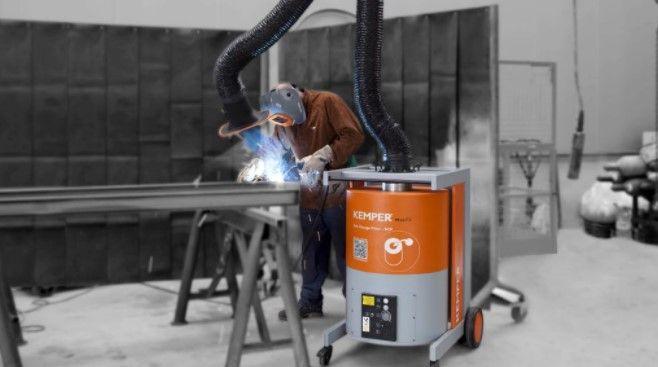



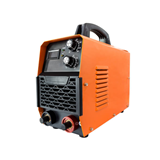

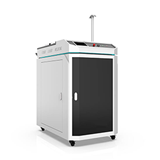

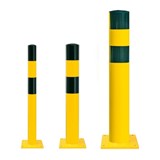


-160x160-state_article-rel-cat.png)
-160x160-state_article-rel-cat.png)



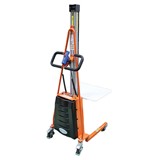

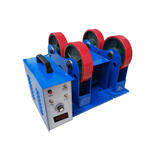
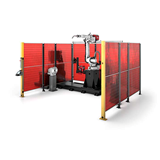


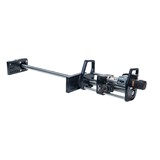
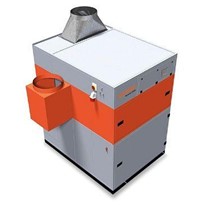
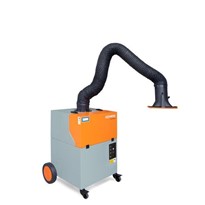
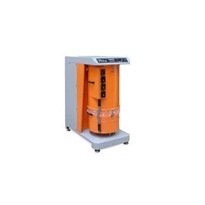

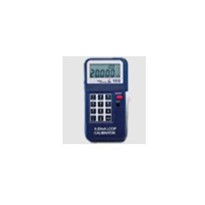
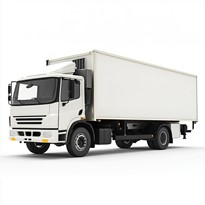

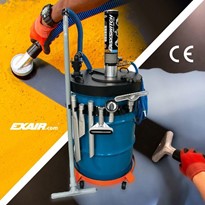

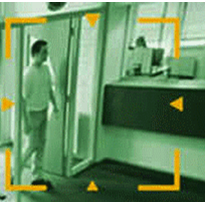
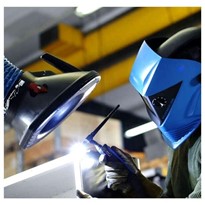
-205x205.jpg)

